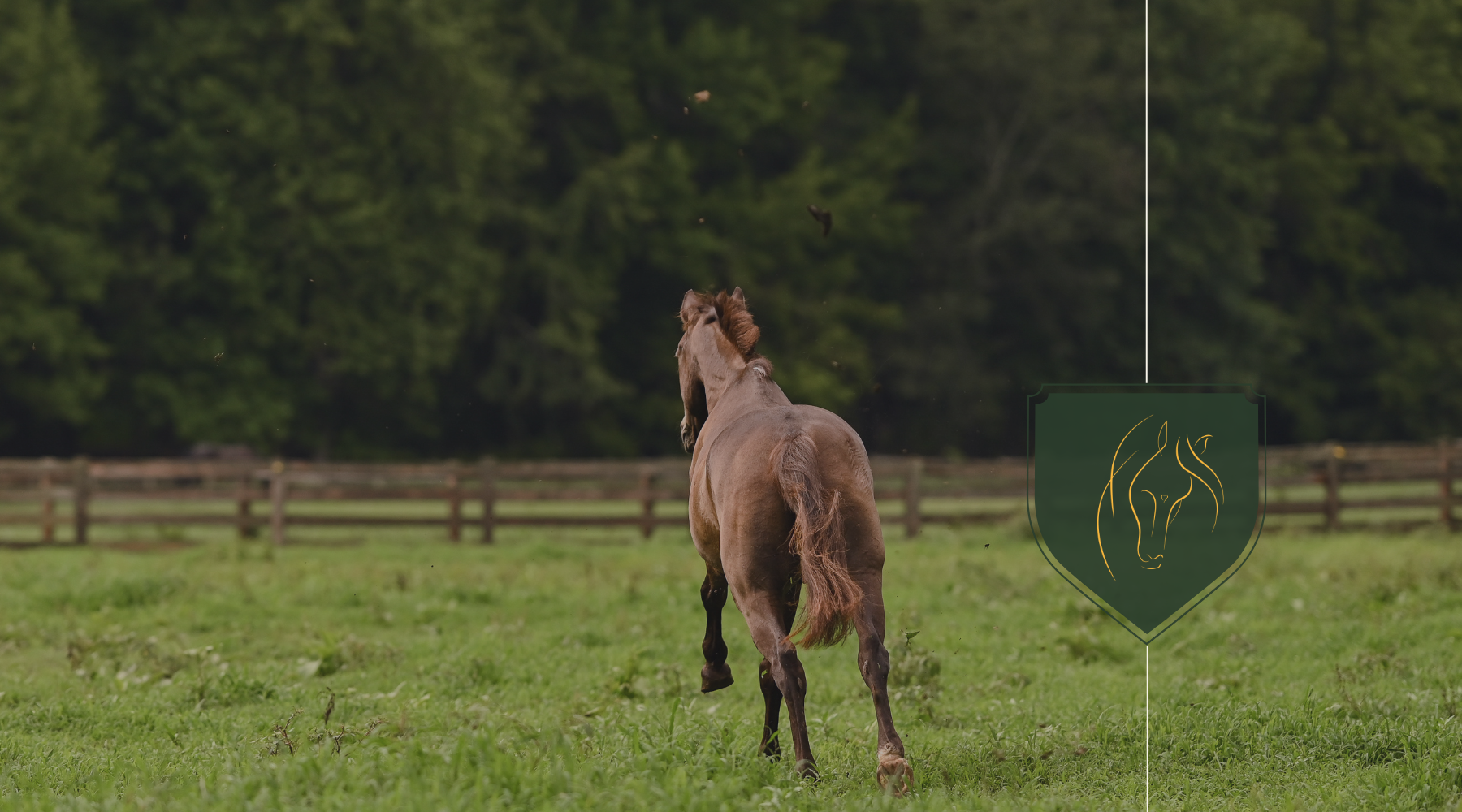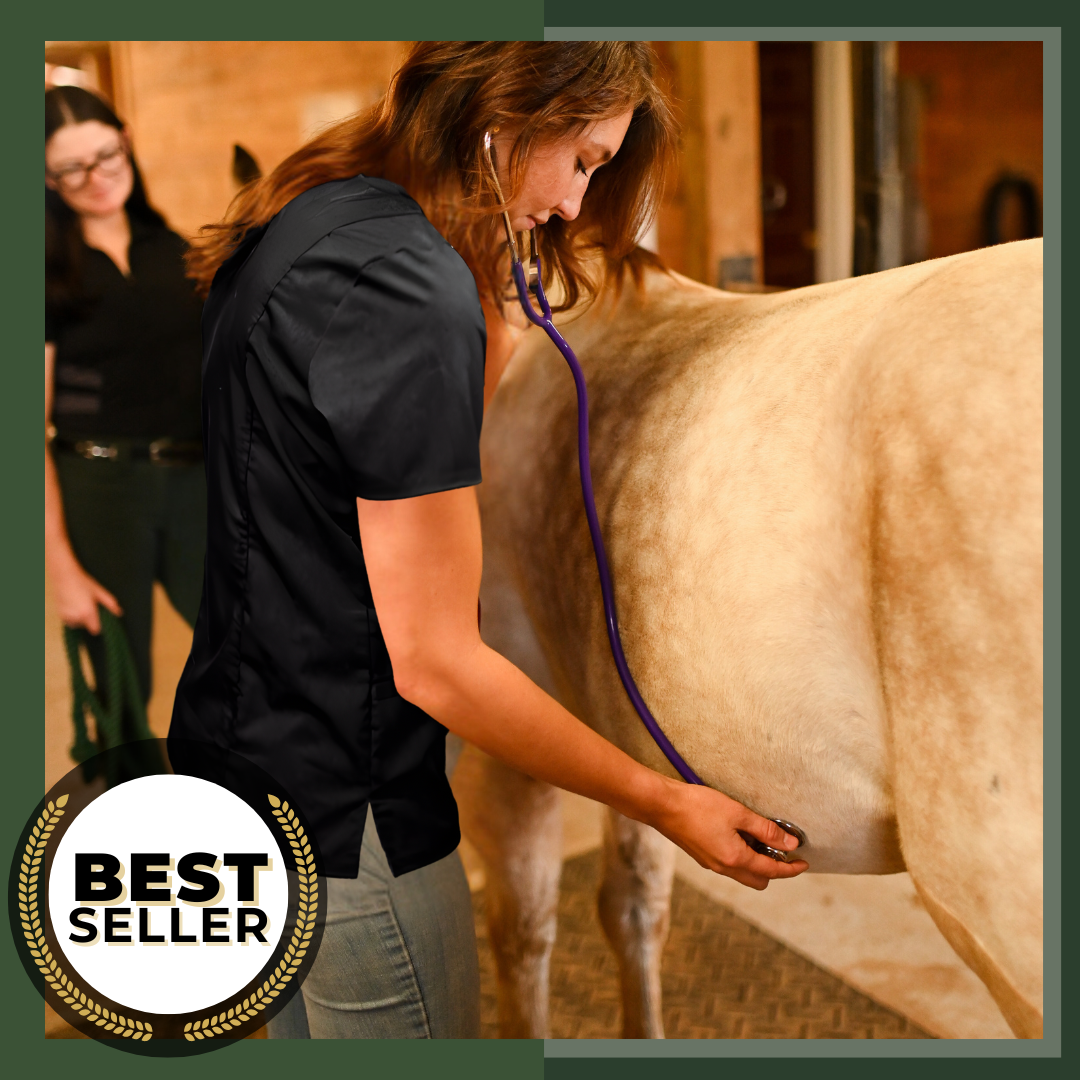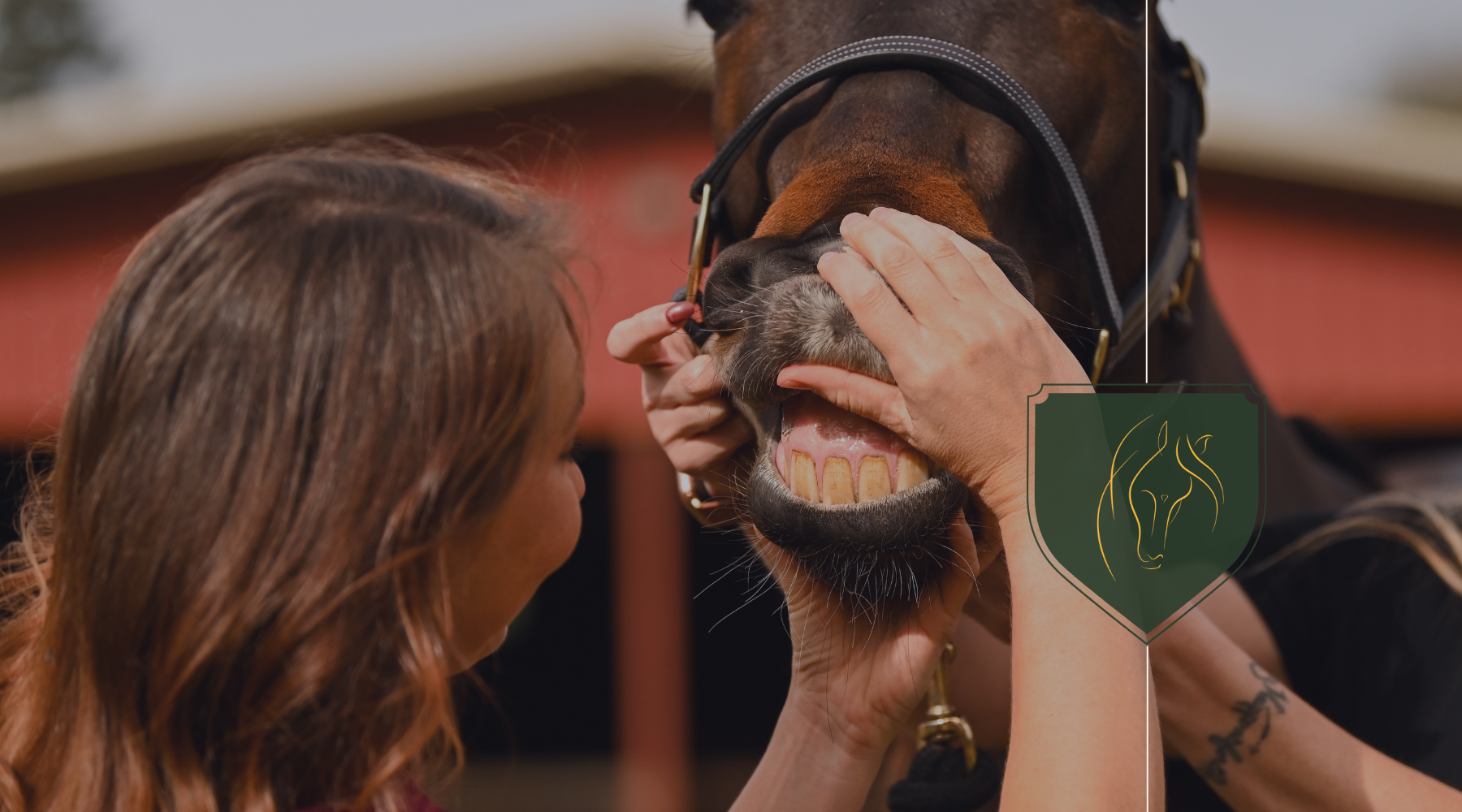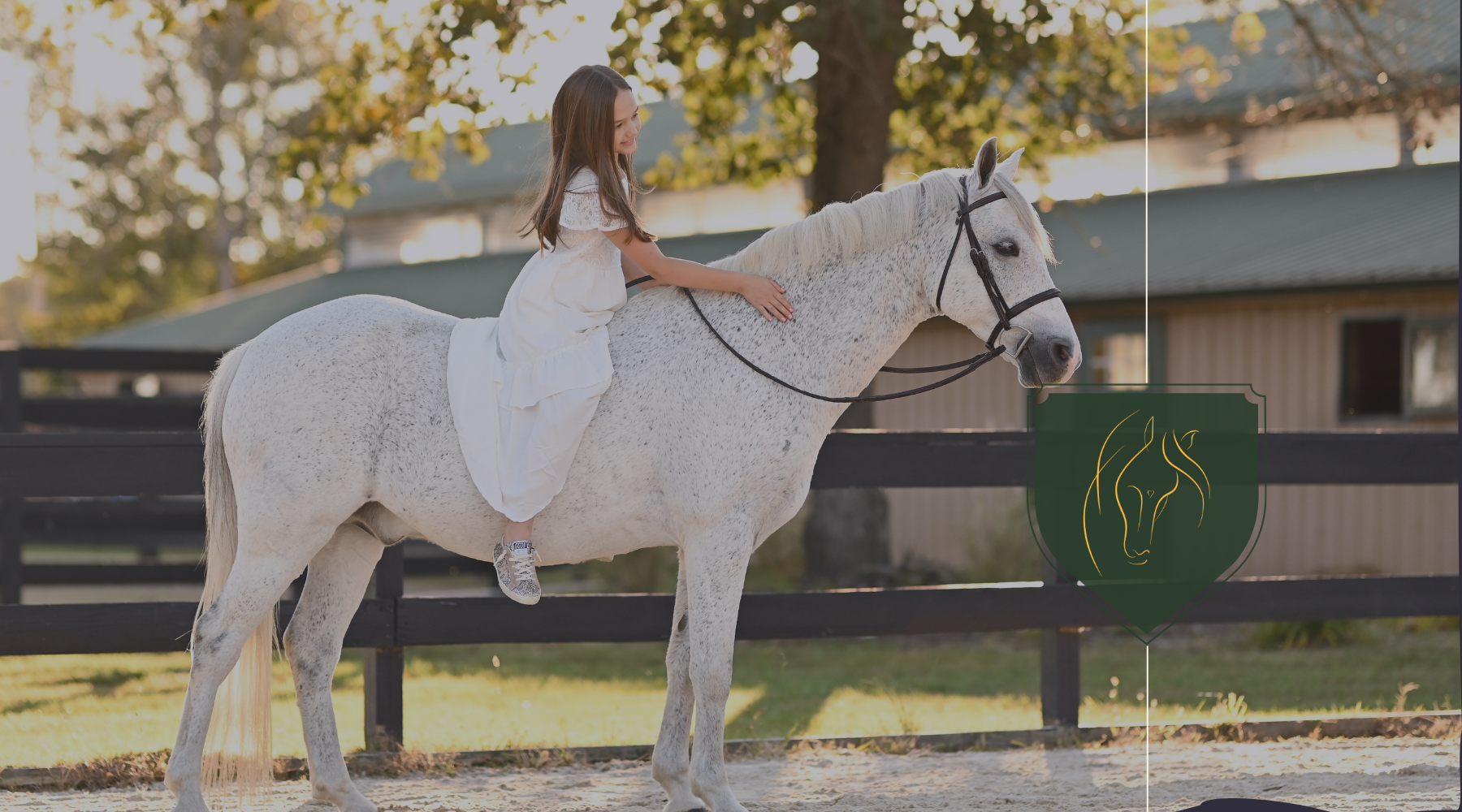
Summer Sores "bug" Horses
Ahhh summertime approaches--- that wonderful time of long days and warm weather where you can spend even more time with your horses! After months of trying to race against daylight to ride your horses and get all the barn chores done, the long warm days of summer can hold a lot of promise of equine fun.
Pretty much everywhere though- summertime can bring with it extra work to keep your horses safe from diseases borne by insects, which are much more prevalent in warm weather. In particular, rising temperatures and increasing humidity can mean more fly activity and an increase in the prevalence of summer sores.
I have owned and cared for horses since 1991, and the vast majority of that time has been in subtropical and tropical climates (Florida and Hawaii) where insect pests can be active nearly the entire year. While in Hawaii we are blessed enough to not have many nasty insect-driven infections (yet…), we do have summer sores!
When my grey mare Tess was moved from the mainland to Hawaii, she was stuck in a holding facility in California for an extra week while her trans-oceanic flight was on hold due to a hurricane. In that short time, she developed a summer sore and the first thing I noticed when she got off the plane in Hawaii was that she looked like she had intense black eyeliner around her eyes from rubbing them so much that all the hair came off (see photo of us on the airport runway below!). That led to a two-month daily ordeal of trying to heal up her eyes, stop the rubbing, stop the immune response causing the intense itch, etc. She would flee from me as soon as I showed up at the barn because she knew I was going to mess with her eyes. We came very close to having to put her in an equine hospital and sew a catheter to her eyelid to be able to medicate her! In the long run, it all worked out but I would never wish this on anyone!

Many horse owners have had to deal with summer sores- which can cause cycles of chronic wound outbreaks in really hard-to-manage places, such as eyes, lips, genitals, and the lower limbs of horses.
So what are summer sores exactly? Well- it’s fascinating and disturbing all at the same time. Summer sores are officially known as habronemiasis or granular dermatitis. They are caused by the larvae of Habronema spp worms that cause parasitic infections in horses' stomachs. Normally, stable flies buzzing around manure will pick up larvae that hatched in manure and deposit them in moist areas (typically near the mouths) of horses, which then swallow them and continue the lifecycle in the stomach. These internal infections are usually controlled with the deworming medication Ivermectin/ Moxidectin. The trouble arises when these Habronema larvae are deposited in other moist areas like the penis sheath, the corner of the eyes, wounds, or any moist skin of the horse. Then, the larva burrows about, creating a lot of allergic and inflammatory processes to happen, including intense itching that causes the horse to rub and bite the area, further increasing the risk of trauma to the area and increasing this process. The larvae actually die, because they cannot complete their life cycle, and often be seen as small “grains of rice” looking objects. A hallmark of summer sores are slow or non-healing lesions that are weepy with greasy exudate, and, depending on the area, can form proud flesh, or are frequently re-traumatized because the horse is biting or rubbing the area.
Even after the larvae are dead in the initial infection, the allergic-inflammatory type response of the body often perpetuates this whole cycle, because before the wound can heal, more flies are drawn to it, potentially creating further infection or re-seeding with more Habronema larvae. In subtropical and tropical areas, the wounds may heal up briefly, only to break back open when the weather gets wetter and the ambient humidity keeps moist areas even moister! As stated before, flies tend to be drawn to moister areas where dirt, old food, excrement, and body fluids collect, such as nostrils, lips, corners of the eye, lower limbs (especially the fetlock down), and genital regions. The nature of these moist areas also makes it difficult to keep clean and bandage (if you can at all).
So how do you treat such a nasty thing?
First-line treatment is prevention! Doing whatever you can to reduce fly load at your barn is key, especially if you live in a warm, humid area or in a high-density area where manure is piled/collected anywhere close to the barn. This involves a number of controls, from fly predator use, stringent hygiene in stalls/barns, and on the horses themselves, sprays, consistent deworming protocols- especially in boarding facilities or places where there are a high number of horses in nearby farms.
Once the horse already has a summer sore, treatment is usually done with Ivermectin to kill any Habronema larvae living in the body. Then, wound management takes over. Unfortunately, this is where the vicious cycle gets going, because the dewormer doesn’t last in perpetuity in the body, and it doesn’t do anything for the inflammatory response that is triggered in the wound-- and the little dead larvae, if they are not removed from the wound, can make the immune response even more severe. Reinfections can quickly reoccur if there is a heavy existing parasite load in your barn situation along with flies. Fly control must be implemented, along with stringent wound care procedures and the barn environment should be kept as clean and dry as possible.
Fly masks, leg guards and sheets, along with strong fans to keep flies from landing, can be helpful, along with good bandaging. For over 12 years I have worked as an equine fascial therapist across the country in all sorts of high-end barns, with fly control misting systems, owners using every imaginable spray- and what I can say is that with the chemical spray on controls, I have timed it as I am working on horses and the longest any single spray worked was for about 20 minutes, and most worked less than 10. Physical barrier creams like SWAT on wounds do work well, but obviously cannot be pasted across the horse’s entire body or even near sensitive areas like the inner canthus of the eye. Veterinarians can prescribe drugs for wound infections, but the take-home message is that summer sores can be notoriously challenging to treat.
SUMMER SORE CASE STUDY --- INCLUDES PHOTOS NOT FOR THE FAINT OF HEART!
This last year, Dr. Clabaugh called me to ask if I would modify a TCM (Traditional Chinese Medicine) wound salve that I had already created the prior year to deal with a particularly nasty summer sore on gelding’s sheath. I jumped at such an interesting opportunity.
I am in my last 7 months of training of 4 years of training as a (human) Acupuncture and Oriental Medicine practitioner and am a fully trained Chinese medicine herbalist. While TCM (Traditional Chinese Medicine) is often frowned upon because of its association with endangered species, the vast majority of medicinal herbs-- like 440 out of the 460 TCM “herbs” I learned-- are NOT animal products (also, I am a vegetarian, a former professional environmental research scientist and STAUNCH animal rights advocate, so I refuse to use animal products anyway!)
True Chinese herbalism has a history of over 3,000 years and is a carefully developed and elegant system of herbal combinations that can be highly individualized for maximum effect. Appropriate application of Chinese herbal medications requires a masters to doctoral level of training. Aside from my Oriental Medicine program which has a comprehensive herbal program, I also completed an externship two medical universities in China and a year long internship with a Master Chinese herbalist here in the US.
In this case, I used my base wound formula, which promotes wound healing via micro-circulation and rapid epithelialization while also providing antimicrobial activity, pain relief and providing a lubricating,thick barrier to outside pathogens. I gleefully went to my favorite TCM herb shop in Honolulu’s Chinatown and ordered several batches of herbs that have been used since antiquity to remove parasites- internal worms and external parasites have been a problem for man and beast for far longer than we have had ivermectin! I got some pretty strange looks at the herb order, since these issues aren’t such a big problem in our modern times and are not used a lot, but the pharmacist didn’t ask. (He probably thought I had nasty cooties, though….)
I added these herbs into my wound salve. The horse was treated with dewormer to kill all parasites and my wound salve was meant to help speed up the healing process and stop re-infection. This owner lives in a very wet part of our state, so reinfection was a high risk. The owner-who told me she had dealt with this thing for months- sent Dr Clabaugh and I a steady supply of semi-shocking photos of horse genitals, and she was thrilled to note that the salve was doing its work. The wound was on the prepuce of the penis, so it could not be bandaged, and was impossible to keep completely clean and dry. About 10 days into treatment, I spoke with the owner and we decided to add infrared laser therapy to the treatment to speed up the whole process even more. The original wound in shown below.

Within two more weeks, the wound was significantly better, with clean new skin regenerating where the ulceration had been previously and no evidence of re-infection. While not perfect, you can see from the photo the massive improvement.

To conclude, treating summer sores is best done through prevention, which requires a multi-phase approach: barn/manure management, fly control, good barn/horse hygiene and proven deworming protocols. Summer sore infections can still occur despite these efforts, and often require veterinary intervention to help develop a treatment and wound management strategy. Physical barriers to flies such as masks, wraps, and thick ointments may help, and specialized applications of medicated salves and laser therapy have proven useful in our experience.
References:
-
Chen J. and Chen T. Chinese Herbal Formulas and Applications. Art of Medicine Press. City of Industry, CA.
-
Giffin J and Gore T. Horse Owner’s Veterinary Handbook, 2nd Ed. 1989. Howell Book House, NY
Websites:





Leave a comment
This site is protected by hCaptcha and the hCaptcha Privacy Policy and Terms of Service apply.